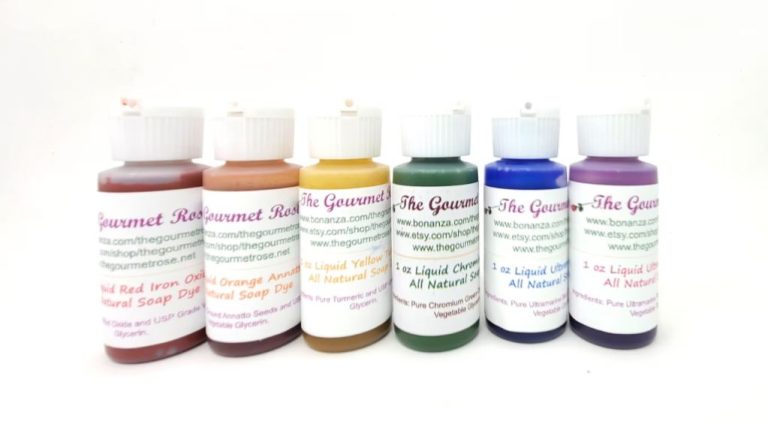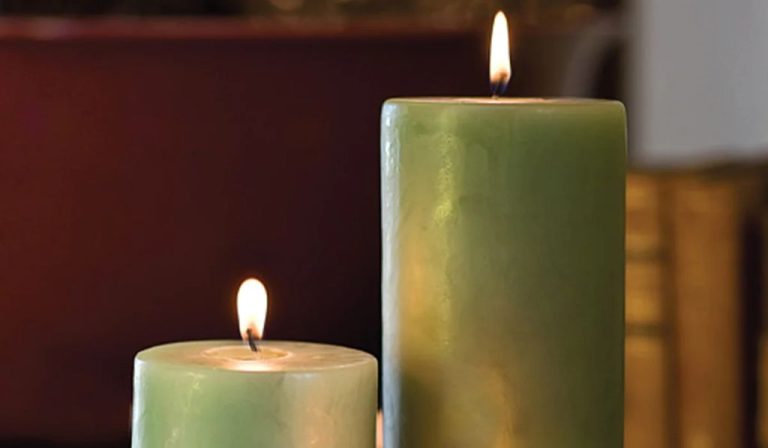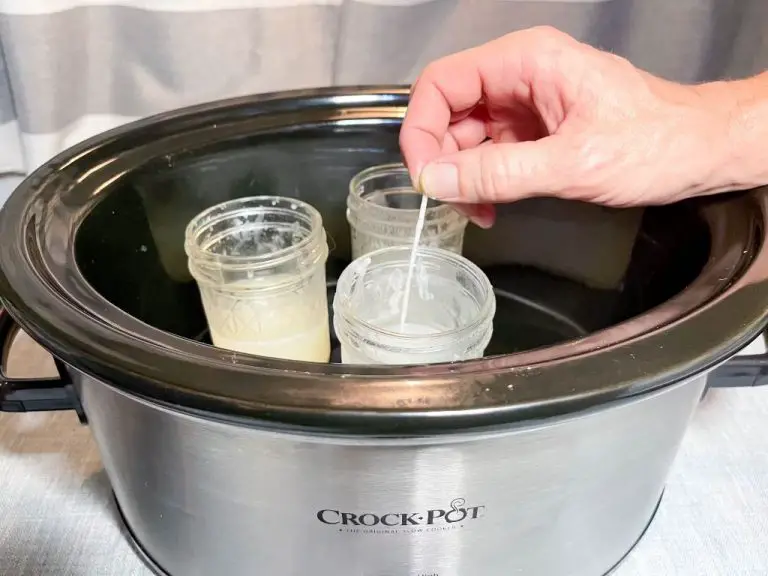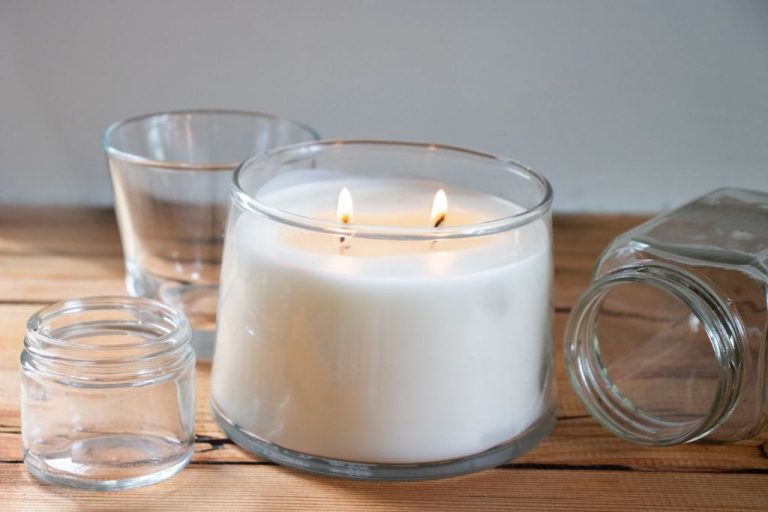Which Wax Burn In A Candle Flame?
Candle making uses different types of wax that melt at various temperatures. The wax type determines burn time, opacity, color vibrancy and fragrance throw. Waxes fall into categories of natural (beeswax, soy, palm, coconut), synthetic (paraffin) and blends. Each wax has pros and cons regarding cost, availability, melting point, scent throw, and environmental impact. This article provides an overview of the most common waxes used in candle making.
Paraffin Wax
Paraffin wax is the most common type of wax used in candle making. It is derived from petroleum and is a byproduct of oil refining. Paraffin wax has a hard, brittle texture and a crystalline structure. According to research, paraffin wax makes up approximately 80-90% of the global candle wax market[1]. It is frequently used in candle making because it is inexpensive, readily available, and easy to work with. The hardness of paraffin wax allows it to hold its shape as the candle burns. Paraffin wax also has a high melting point, which provides more time for manipulating the melted wax before it solidifies.
Beeswax
Beeswax is a natural wax produced by honey bees. It is secreted from special glands on the bee’s abdomen and used by bees in the construction of their honeycombs. Some key facts about beeswax:
Beeswax is made from honey. Worker bees consume honey and metabolize it into wax. The wax is secreted in thin sheets from wax glands on the bee’s abdomen.
It is a 100% natural and non-toxic product. Beeswax contains no pesticides or other harmful chemicals. It is often used in cosmetics and candle making because it is considered safe for human use.
Beeswax has a high melting point around 145°F to 147°F. This makes it an ideal wax for candles as it produces a brighter flame compared to other waxes. The high melting point also makes beeswax rigid enough to build the honeycombs.
It is more expensive than synthetic waxes like paraffin wax. The production of beeswax requires significant effort by honey bees, so it is a more costly wax. The price for pure beeswax is typically $5 to $10 per pound.
Overall, beeswax is valued in candle making for its natural origins, non-toxic properties, and ability to burn cleanly and brightly. But its higher cost can be a disadvantage compared to cheaper petroleum-based waxes.
Sources:
https://www.greenerlyfe.com/blog/pros-and-cons-of-beeswax-candles-we-review-the-facts/
https://thelobolife.com/pros-and-cons-of-beeswax-candles/
Soy Wax

Soy wax is made from hydrogenated soybean oil. It has a smooth, creamy texture and is a popular choice for container candles. Some key facts about soy wax:
- Made from renewable and sustainable soybeans grown in the United States
- Has a low melting point so it’s easy to work with
- Provides good scent throw in candle making
- Clean burning with very little soot or smoke
- Soft and smooth texture that allows for attractive frosting and decorative effects
- Performs well in container candles since it adheres nicely to the sides of jars and tins
- Natural wax, does not contain any petroleum-based paraffin
The natural qualities of soy wax make it an excellent choice for eco-friendly and vegan candles. Its low melting point and smooth texture lend well to creating container candles with detailed designs on the surface. Soy wax is growing in popularity among professional and hobby candle makers. According to Lonestar Candle Supply, “soy wax continues to be the preferred wax for candle making” (1).
1. https://lonestarcandlesupply.com/soy-vs-paraffin/
Palm Wax
Palm wax is derived from the palm oil produced from palm trees. It is created through a process called hydrogenation, where hydrogen is added to liquid palm oil to convert it into a solid wax. According to Cargill, palm wax is an excellent choice for outdoor and jar candles because of its high melting point. The melting point for palm wax is around 140-145°F, which is higher than soy wax or paraffin wax.
As a natural vegetable wax, palm wax is a renewable and biodegradable resource. It is made from the fruit of palm trees, providing an eco-friendly alternative to paraffin wax which is a petroleum byproduct. Palm wax has several benefits including good scent throw, easy color dispersion, and it produces clean burning candles. Its high melting point makes palm wax a good choice for candles meant for high temperature environments.
Overall, palm wax is a versatile natural wax made from palm oil. Its high melting temperature from the hydrogenation process makes it ideal for jar and outdoor candles. As a renewable resource, palm wax provides a natural alternative to paraffin wax.
Gel Wax
Gel wax is made from a combination of mineral oil and polymer resin, which gives it a thick, transparent gel-like consistency 1. The mineral oil allows the wax to be transparent while the resin provides structure to the wax. When blended together, these ingredients create a gel wax that is ideal for filling containers and jars to make jar candles2.
Unlike other waxes used for candle making, gel wax remains transparent and does not become opaque as it solidifies. The thickness of gel wax allows it to adhere well to glass surfaces, making it a popular choice for jar candles. Gel wax is also praised for its excellent scent throw and clean burn. The high oil content enables efficient fragrance diffusion. When burned, gel wax candles produce very minimal soot.
Coconut Wax
Coconut wax is made from coconut oil. It is an all-natural, sustainable wax option that has become increasingly popular for candle making in recent years. Coconut wax is prized for its excellent scent throw.
To make coconut wax, hydrogenation is used to turn coconut oil into a solid wax form. This process helps harden the wax so it can hold its shape as a candle. Unrefined coconut oil results in a softer wax, while fully hydrogenated coconut oil produces a harder wax.
Coconut wax contains natural saturated fats that help anchor scents. This gives coconut wax candles a stronger scent throw than many other wax options. The natural coconut aroma also complements many popular candle fragrances.
In addition to great scent properties, coconut wax has a smooth texture that makes it easy to work with. It has a high melting point around 92-100°F. Coconut wax is gaining popularity among eco-conscious candle makers and consumers looking for a natural, non-toxic and sustainable wax.
Tallow
Tallow is rendered beef or mutton fat. Tallow candles were historically very common due to tallow being inexpensive and widely available. Tallow produces a candle that is hard and cheap but also smelly and smoky. The first candles were made from tallow by the ancient Romans.
According to the Smith College Museum of Ancient Inventions, “The first dipped candles were made by the Romans from rendered animal fat called tallow. Since tallow is cheap and easily available, tallow candles were the most common candle in Europe from around 400 C.E. until the middle of the 19th century.”
Tallow remained the primary material for candles in Europe until the mid-1800s when less expensive paraffin started being used. Paraffin wax burned cleaner and was odorless compared to smelly, smoky tallow candles.
Bayberry Wax
Bayberry wax is extracted from the berries of the bayberry shrub, which is found along coastal areas of New England. While not as commonly used today, bayberry wax was popular for candle making in colonial times. Bayberry wax has a pleasant, earthy fragrance when burned, making it a nice natural alternative to paraffin or beeswax.
To produce bayberry wax, the berries must go through an extraction process. The berries contain wax coating their outer surface, which is boiled off to produce the wax for candle making. Once extracted and cleaned, bayberry wax has a greenish hue. The wax melts at around 115-120°F making it suitable for container candles when mixed with other waxes. The natural fragrance gives bayberry wax candles a woodsy, evergreen scent that is especially nice during the holidays. However, the wax is produced in small quantities, so it tends to be more expensive than other candle waxes.
Conclusion
In summary, the most common types of wax used in candlemaking are paraffin wax, beeswax, soy wax, palm wax, gel wax, coconut wax, tallow, and bayberry wax. Paraffin wax is the most widely used candle wax and is a petroleum byproduct, while the others are plant-based or animal-derived natural waxes.
The key differences between natural waxes like beeswax and petroleum-based paraffin wax are that natural waxes are biodegradable, renewable, and non-toxic. Paraffin wax comes from fossil fuels, is not biodegradable, and can release toxins and soot when burned. Natural waxes like soy, coconut, and beeswax have a lower melting point so the candles burn cooler. They also allow for better fragrance throw. Paraffin wax is cheaper than most natural waxes.
In choosing a candle wax, factors like cost, melting point, fragrance throw, and environmental impact should be considered. Many candlemakers prefer natural waxes for their renewable sources and low toxicity. However paraffin remains popular for its low cost and high melting point. The type of wax impacts many characteristics of how a candle will burn.





